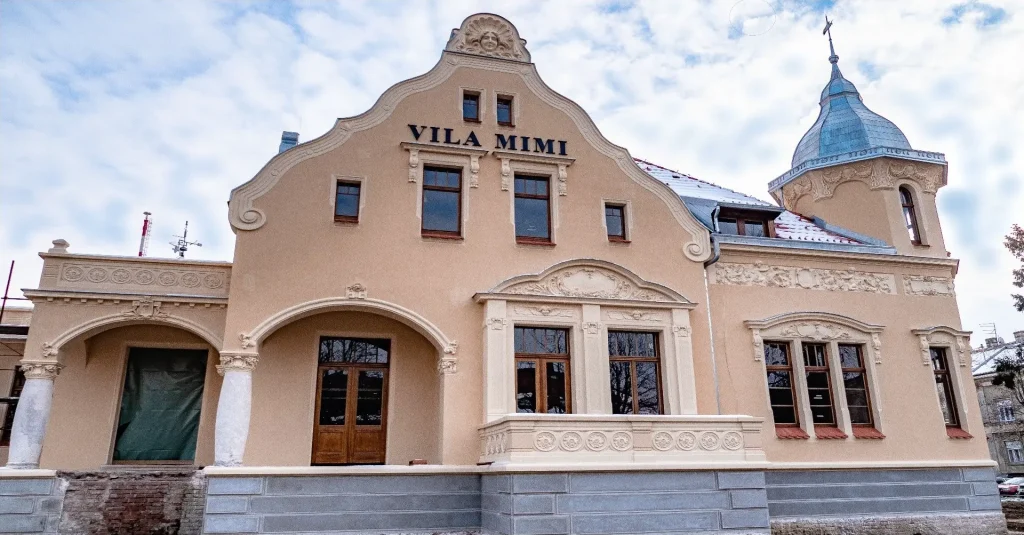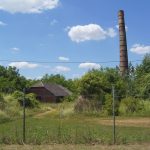Every town has a grand old ruin. It’s the place residents drive past and dream of owning. “If I had a million Euros, I’d buy that place, bring it back to its best and live like a king”
Croatia has more of these kinds of buildings than most. For hundreds of years these lands were presided over by elite European families and royalty who used their considerable wealth to build castles, stately homes, hunting lodges and villas. After the Second World War, such buildings were seized by the state and, for numerous reasons, many fell into disrepair. One such building was Villa Batory, a city centre Osijek Art Nouveau villa.
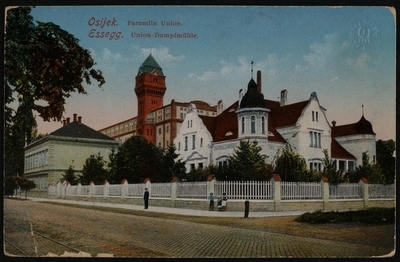 How Villa Batory originally looked, not long after its completion in 1906
How Villa Batory originally looked, not long after its completion in 1906
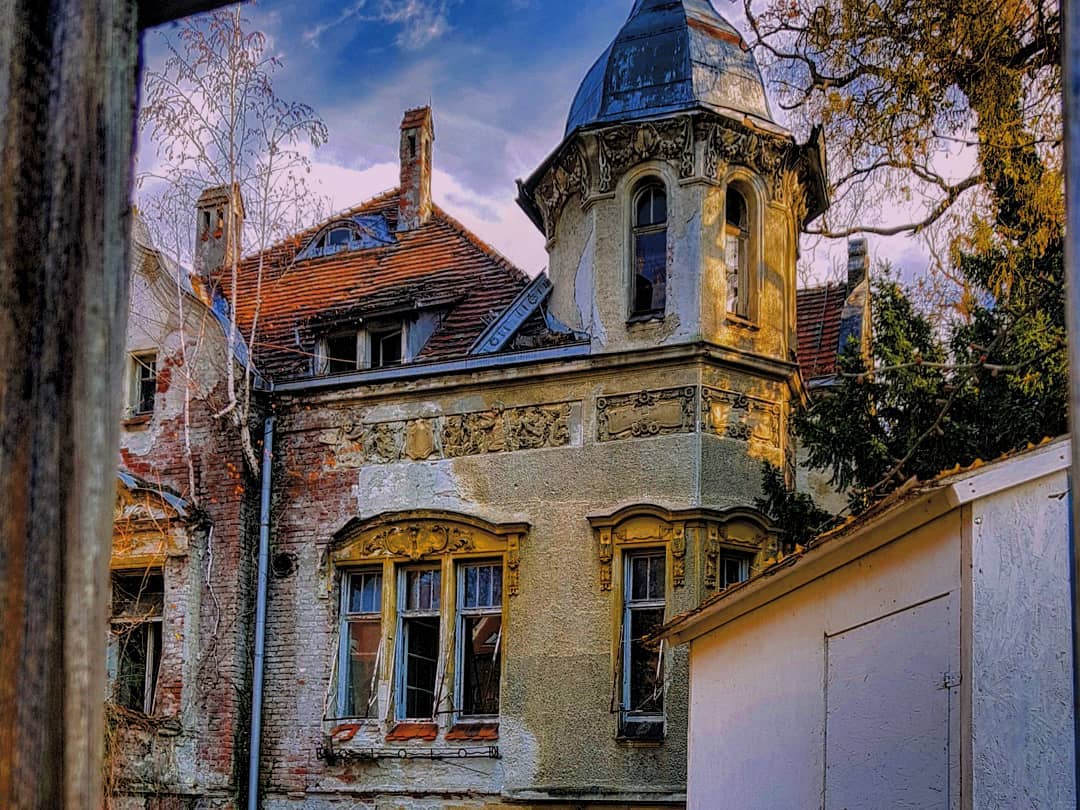 The state of disrepair the villa fell into over the last 20 years – it still looked impressive, if unloved © Dvorci, utvrde i stari gradovi Facebook / Aleksandra Petrović
The state of disrepair the villa fell into over the last 20 years – it still looked impressive, if unloved © Dvorci, utvrde i stari gradovi Facebook / Aleksandra Petrović
For over 20 years, this incredible Osijek Art Nouveau villa has lain empty. Prominently positioned on the corner of Radićeva and Reisnerova streets, right in the heart of Osijek, the building has drawn admiring stares ever since it was built in 1906. Even while empty and left slowly decaying, its impressive towers, intricate stone and plasterwork and considered architectural details ensured this Osijek Art Nouveau villa was never far from the daydreams of anyone who walked by.
 An incredible architectural gem, wasting away, until now… © Croatian Heritage Facebook
An incredible architectural gem, wasting away, until now… © Croatian Heritage Facebook
One such daydreamer was Branko Ostović. Only, being one of Osijek’s successful entrepreneurs, Branko has perhaps more get-up-and-go than many idle dreamers. For him, daydreams were simply not enough. For almost 10 years he tried to negotiate the purchase of the receding Osijek Art Nouveau villa. Progress was difficult, given the listed nature of the property, past disputes over ownership and the building lying within the ownership of the local hospital, who had no funds to renovate and required state permission to sell.
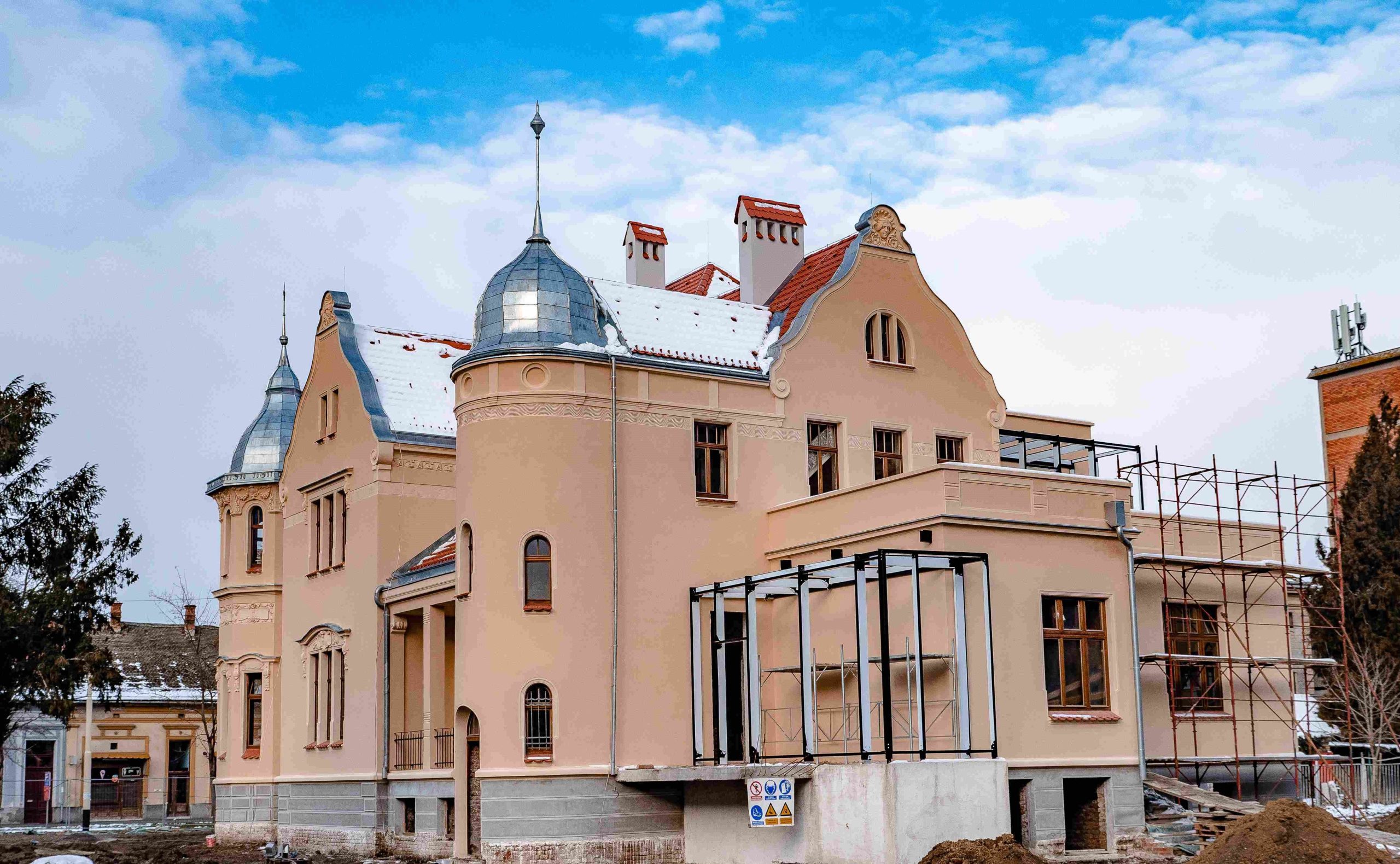
Finally, in 2019, Branko Ostović successfully assumed ownership of the Osijek Art Nouveau villa. In just 18 short months – and a considerable financial investment – he has not only halted the building’s decline but has restored its outer facade so that Osijek residents can once again take pride, rather than pity, in this city centre architectural gem. He has renamed the villa ‘Mimi’, after his wife, a popular local teacher.
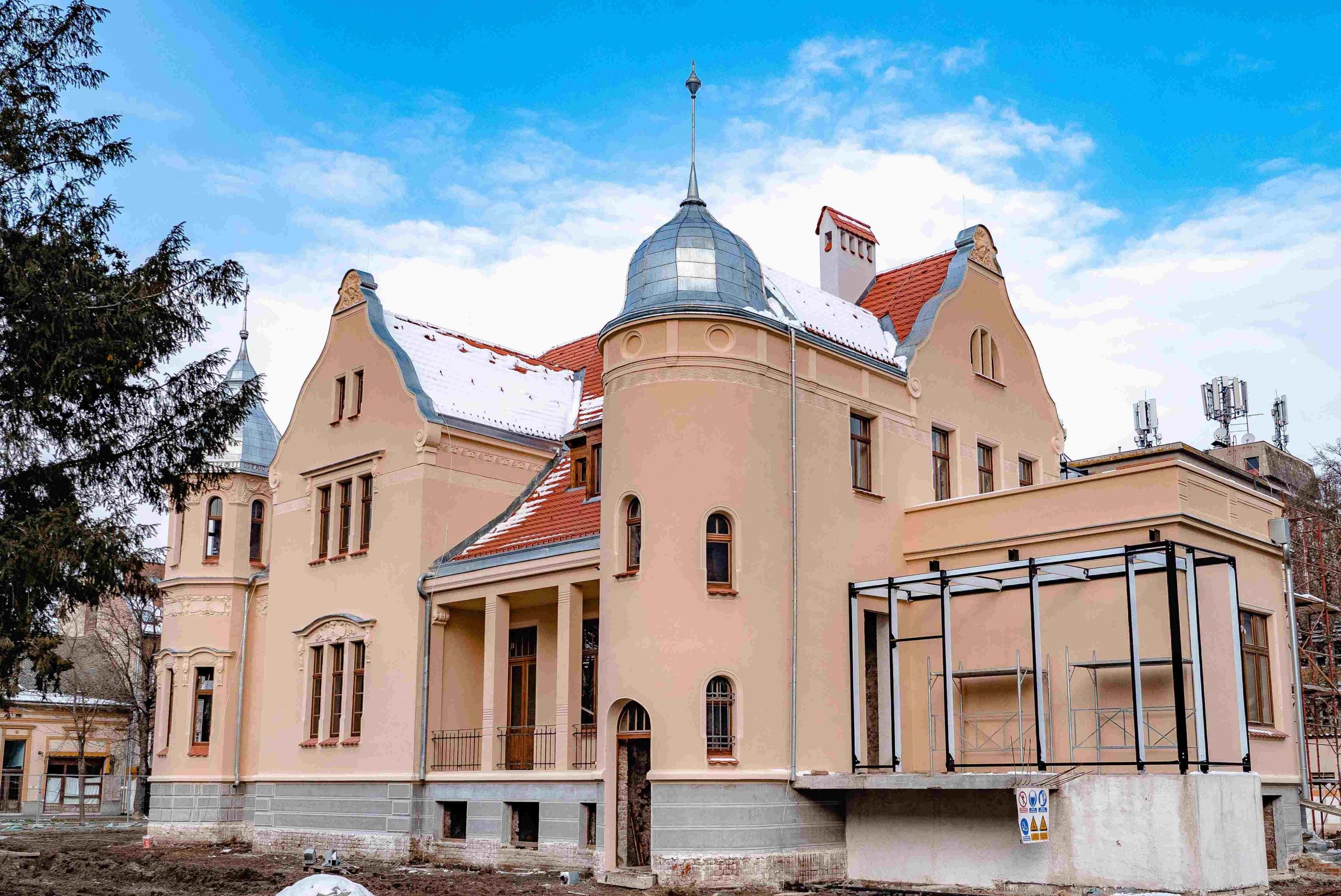
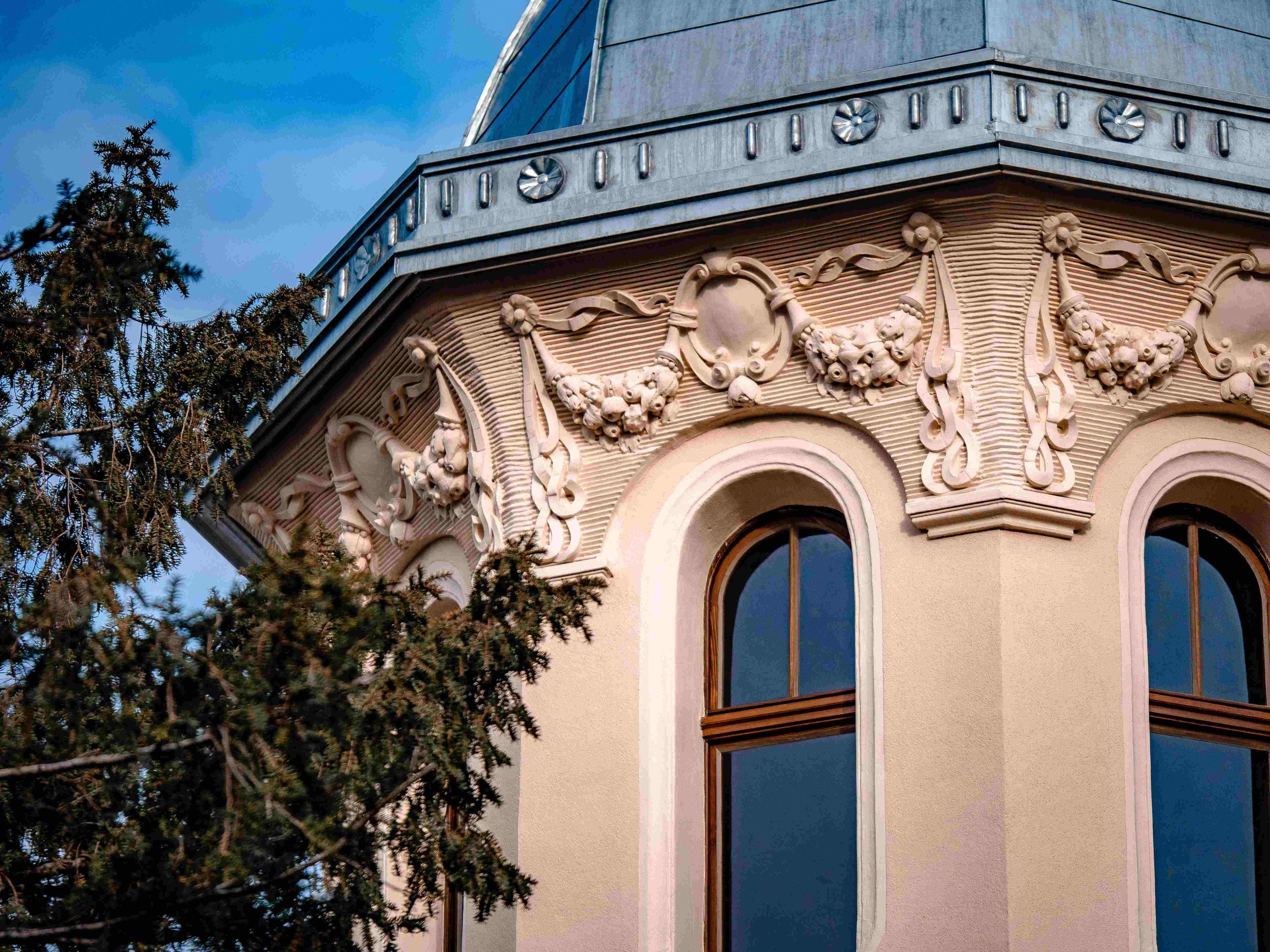
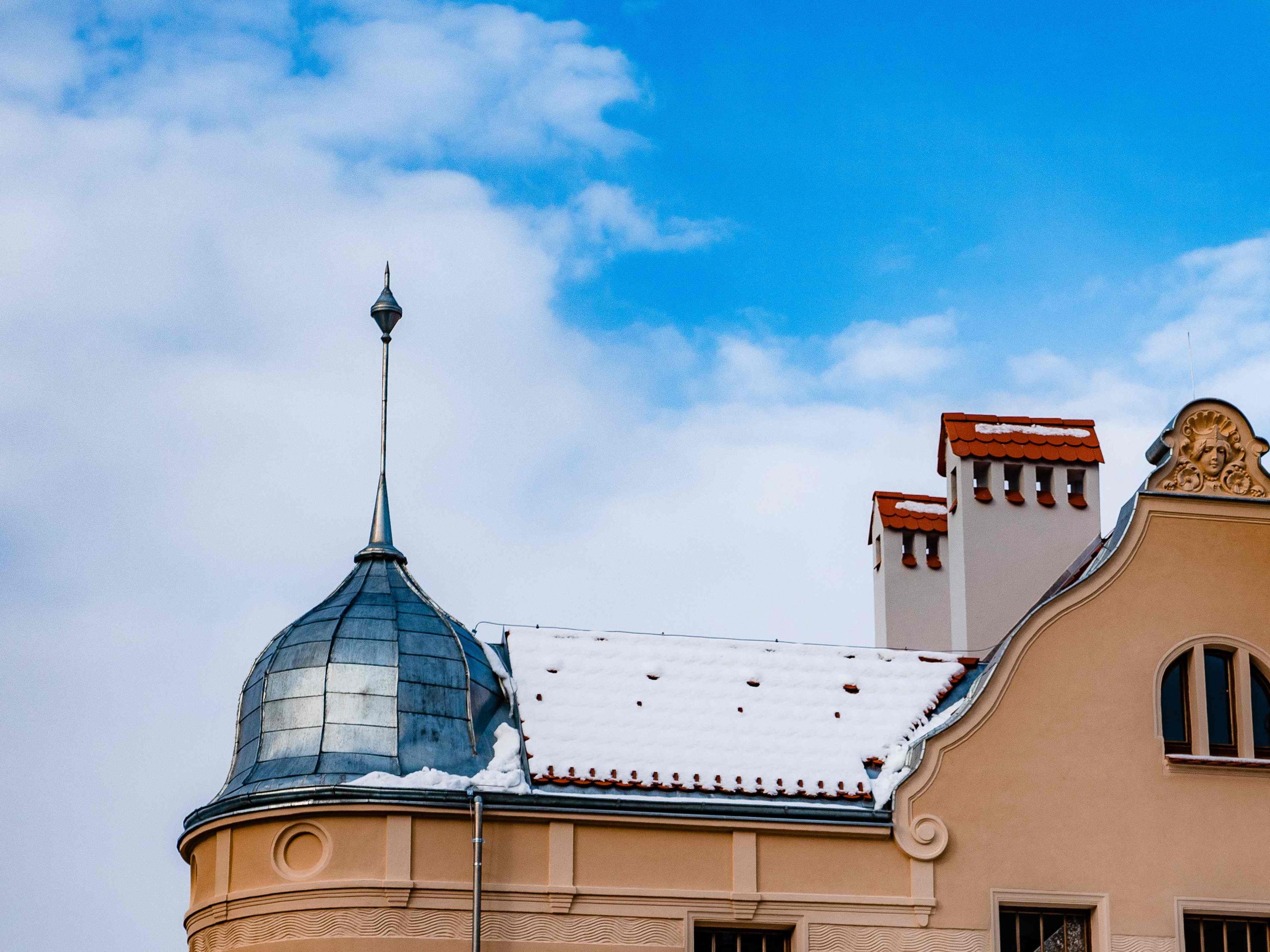
The villa exists within grounds that cover an enormous 3000 square metres. This is a considerable tract of land, given it is right in the heart of the city. It was built in 1906 as the villa of the manager of Paromlin Union (one of the largest mill plants in the area) by noted Osijek builder Otto Struppi. It is just one of a series of art nouveau gems that lie in this westerly section of the city.
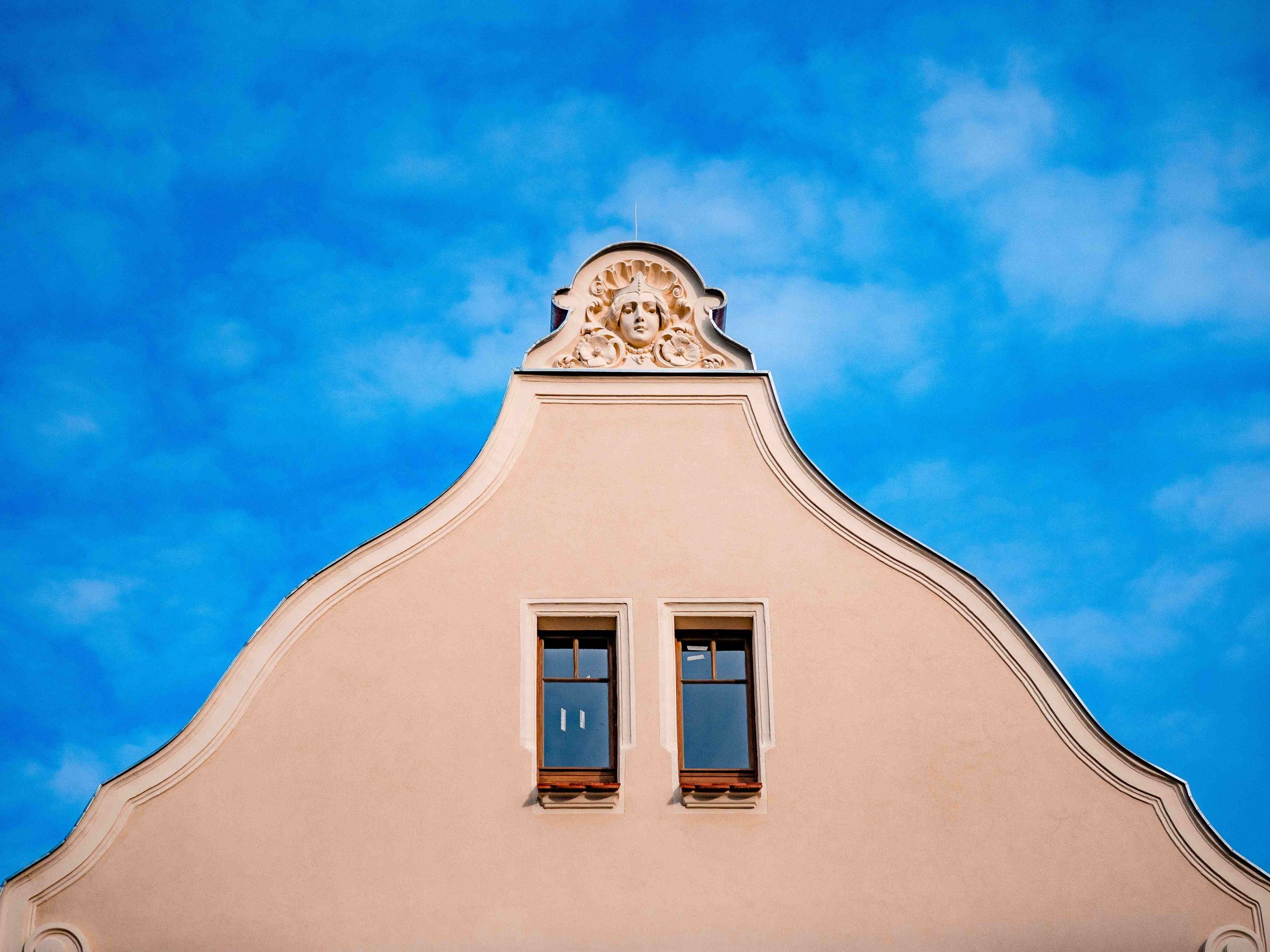
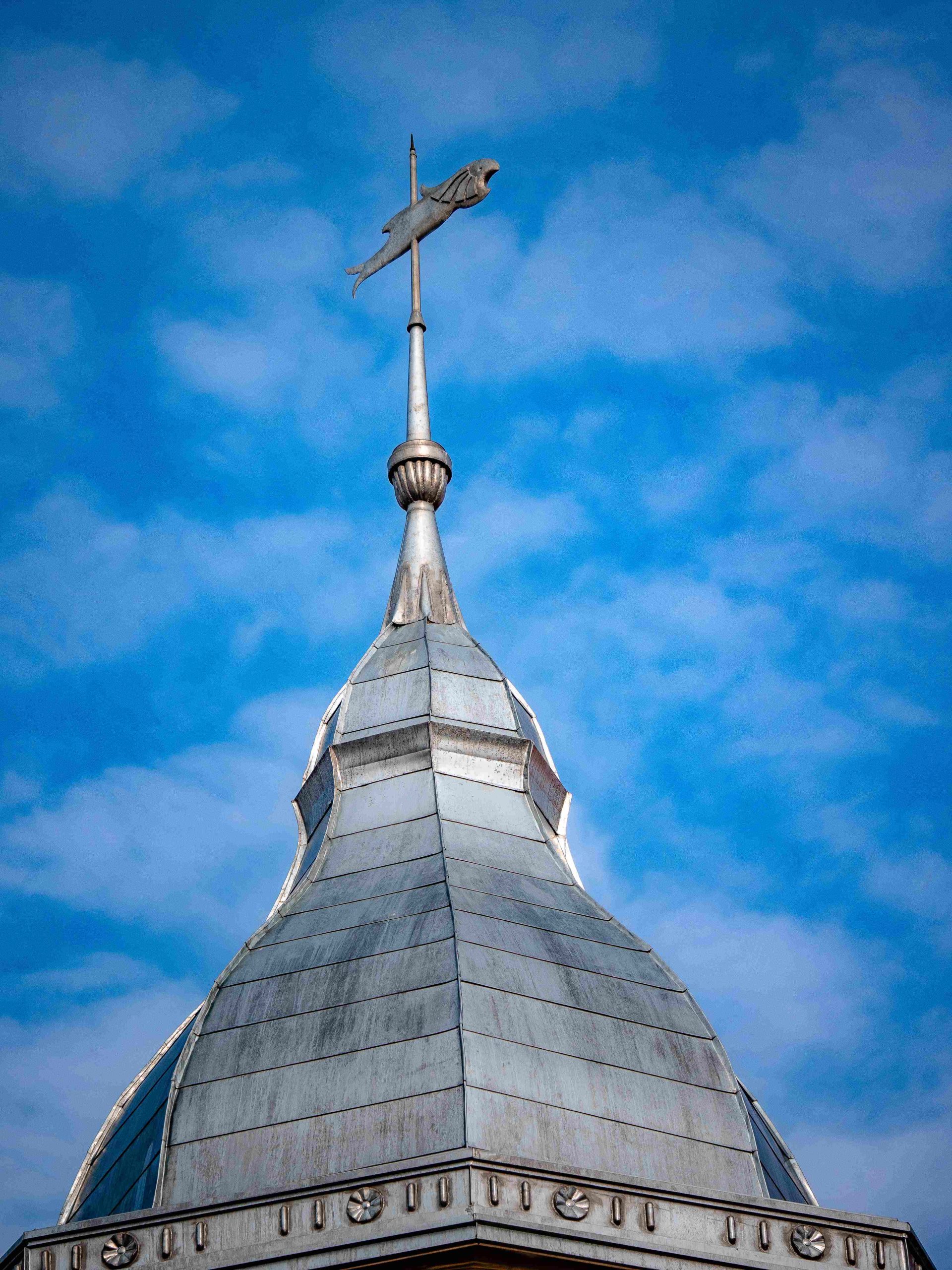
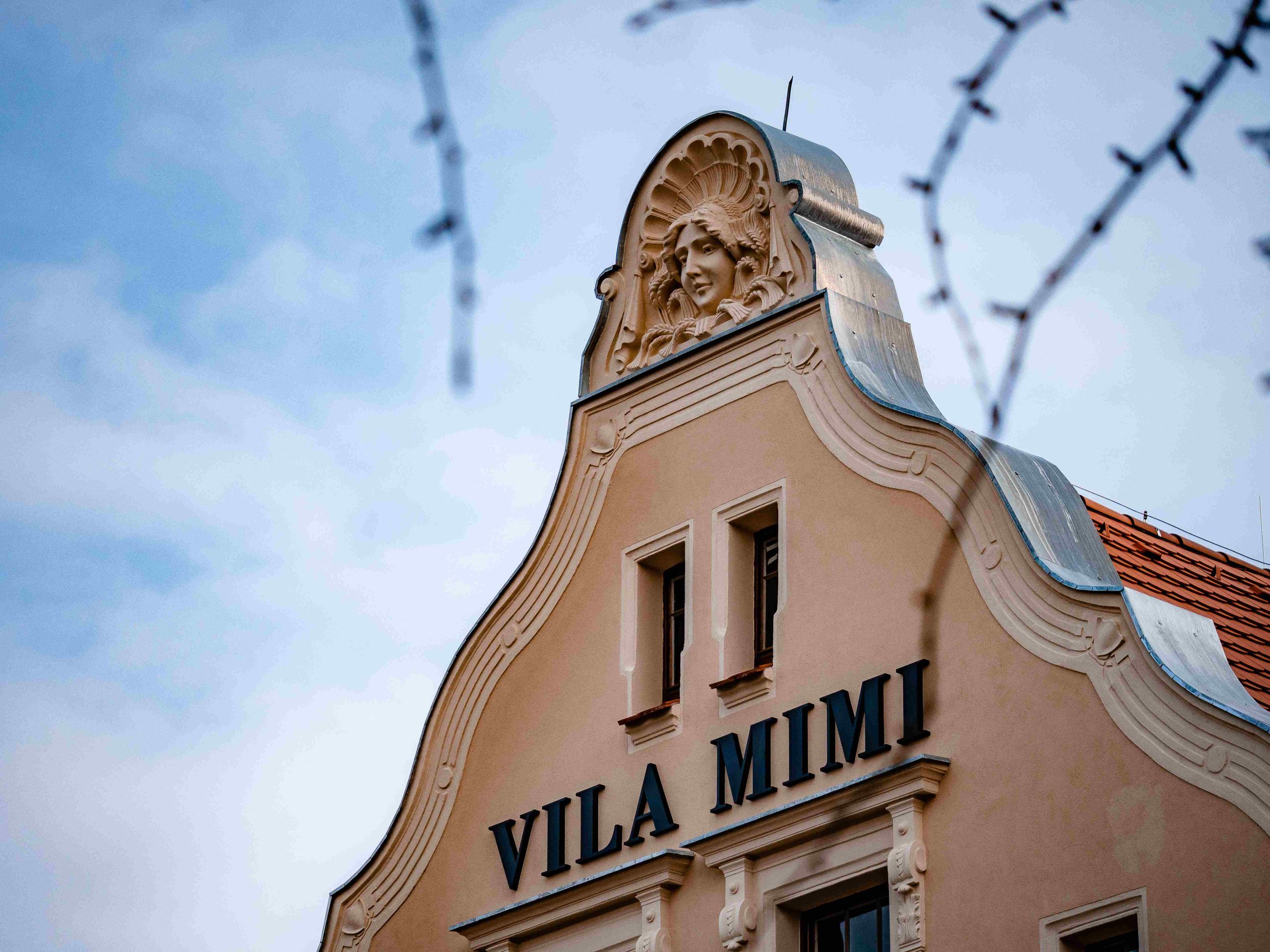
Throughout his attempts at purchasing the building, Branko Ostović had no real commercial plans of what he could do with the building. Recognised for its architectural worth, there are restrictions imposed by the state on how any renovation may treat the property. The interior cannot be altered in a way that would the property better suited to contemporary living accommodation. Ostović’s main motivation for buying it was simply to stop the rot and return it to its former glory.
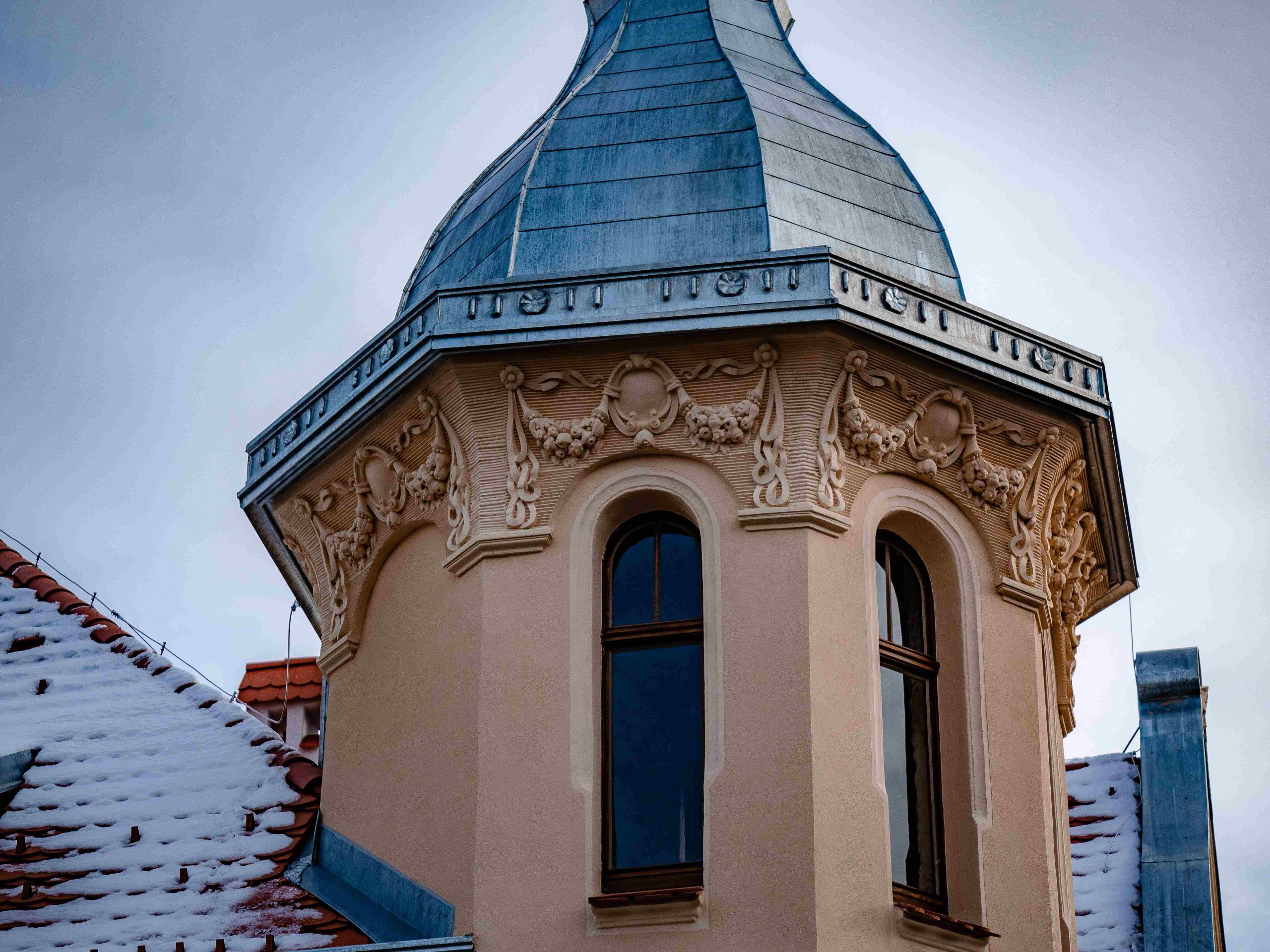
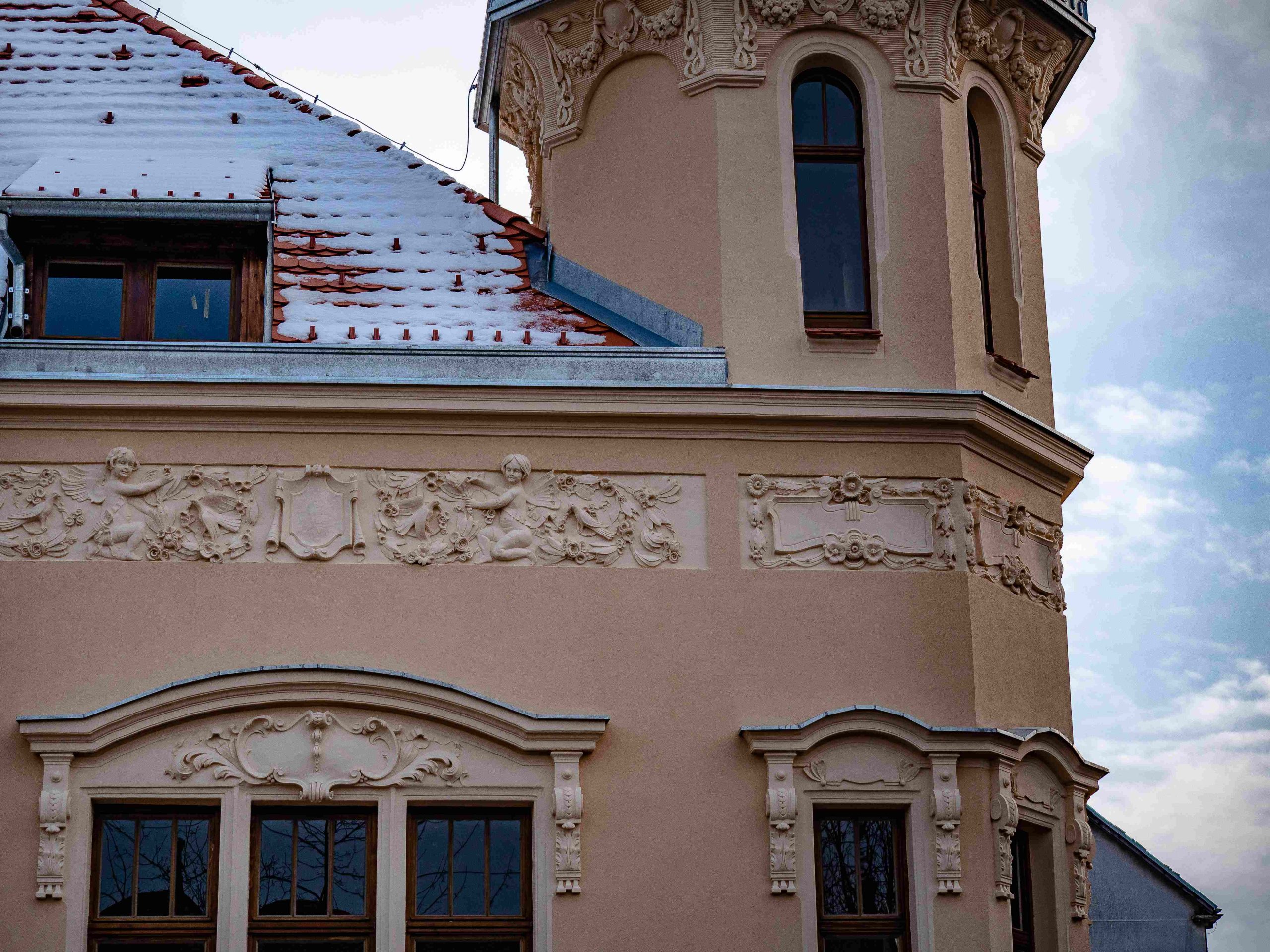
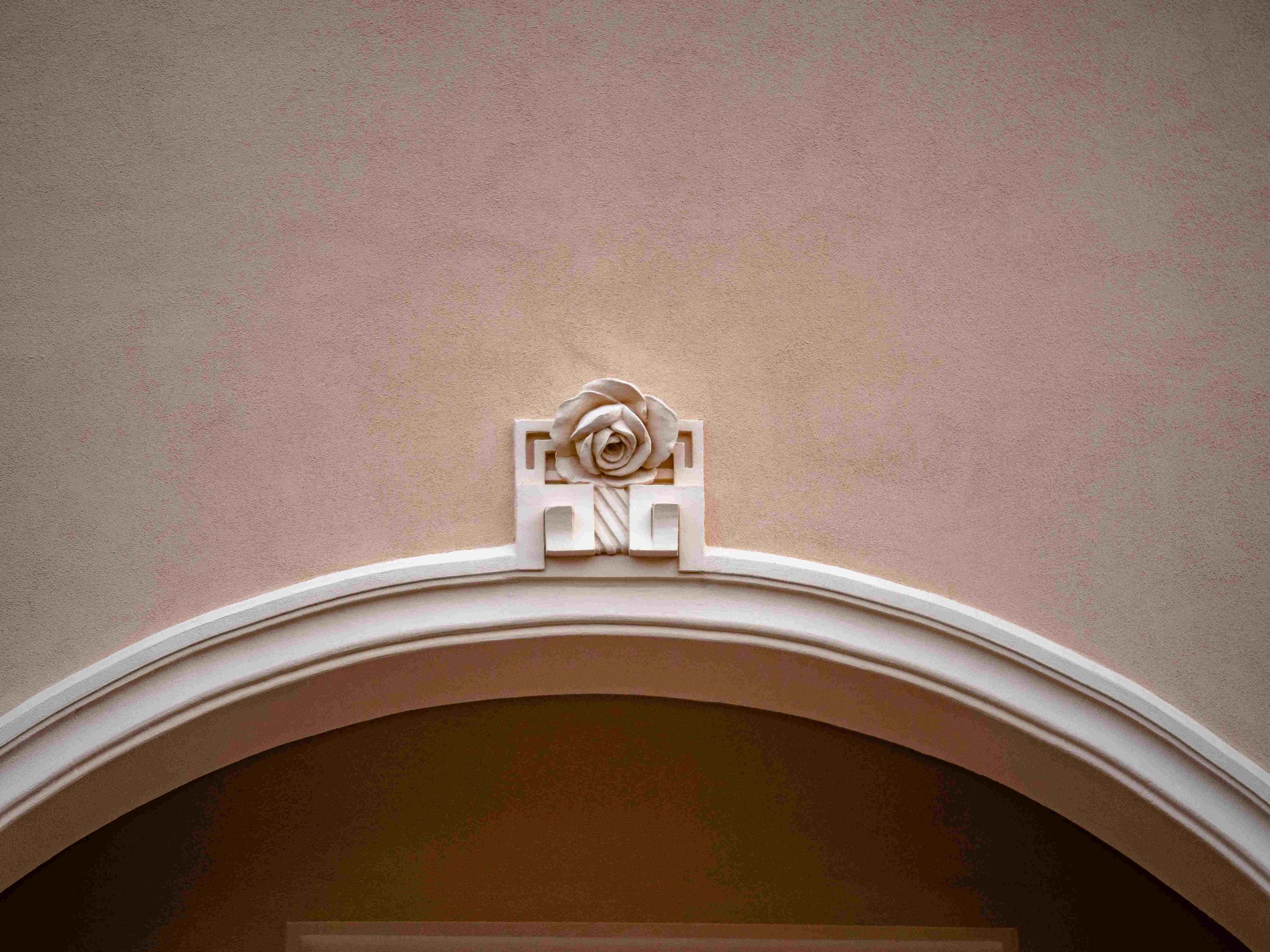
He has so far invested some 40 million kuna in the restoration and 5 million kuna in the initial purchase. 95% of work on the exterior is complete, although further investment is needed for the interior. Focussed on completing the long-held project, Ostović still has no clear plans for the building and no potential tenants. He imagines the Osijek Art Nouveau villa might make a good home for a polyclinic or a hotel.
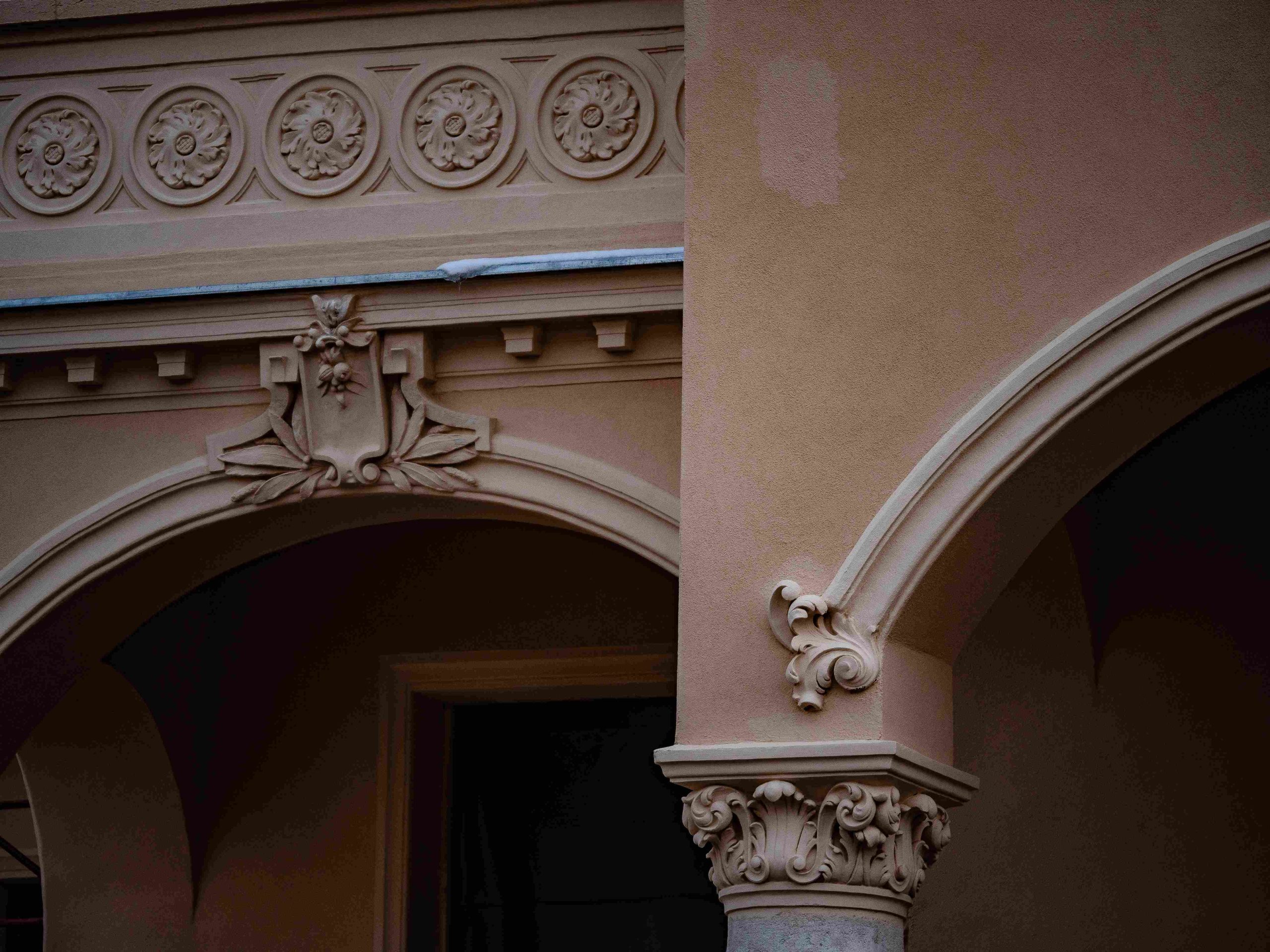
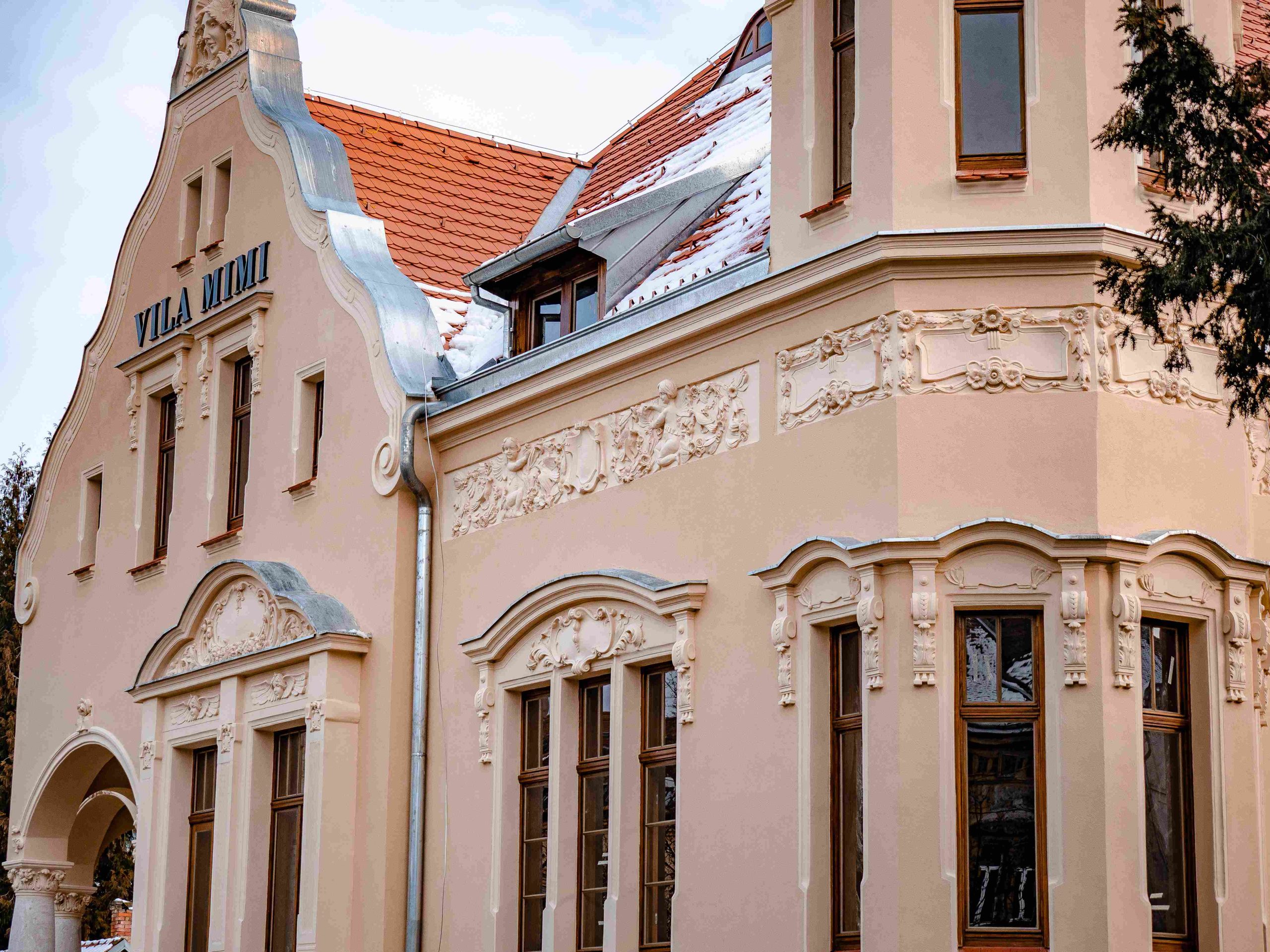
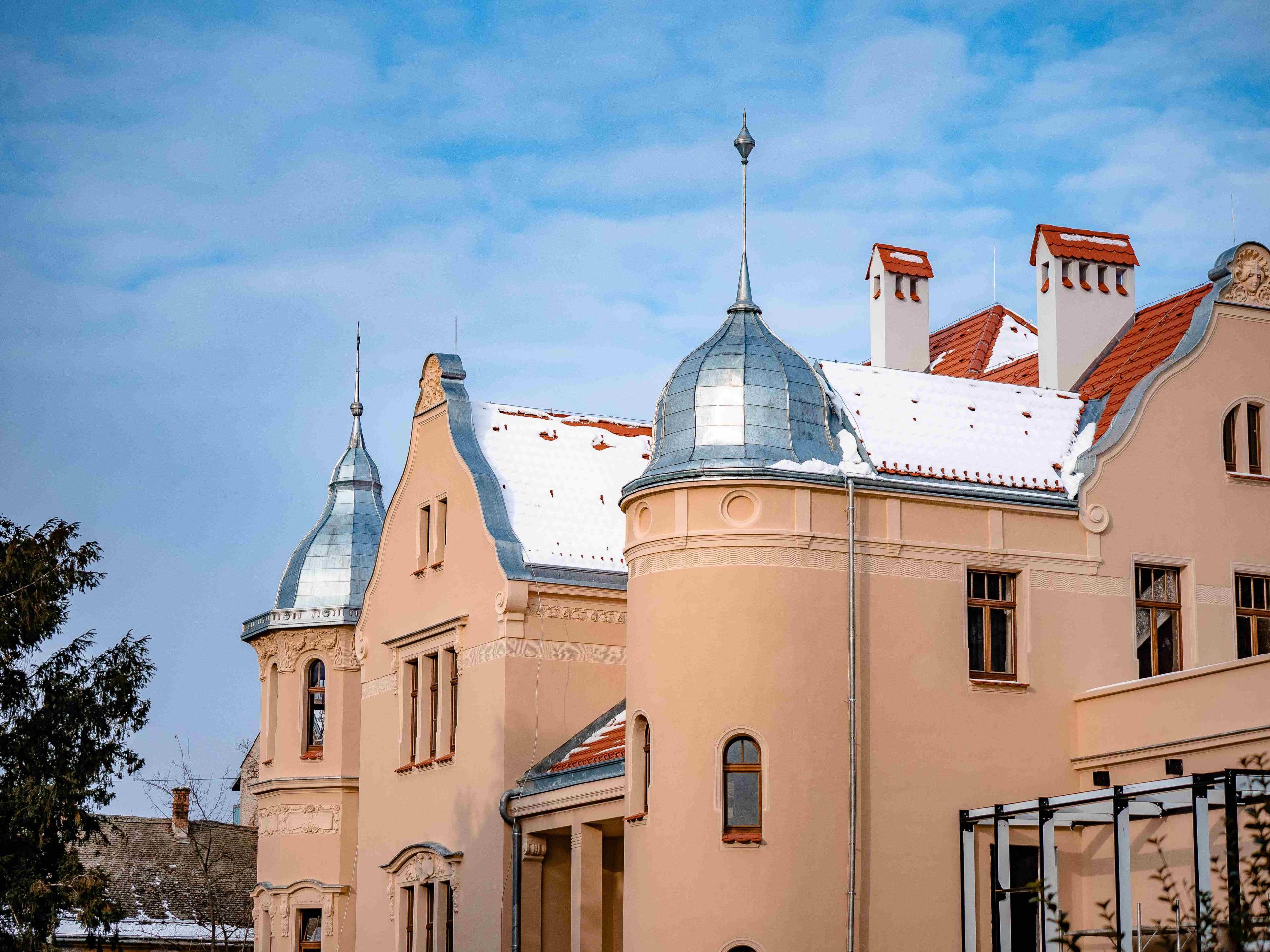
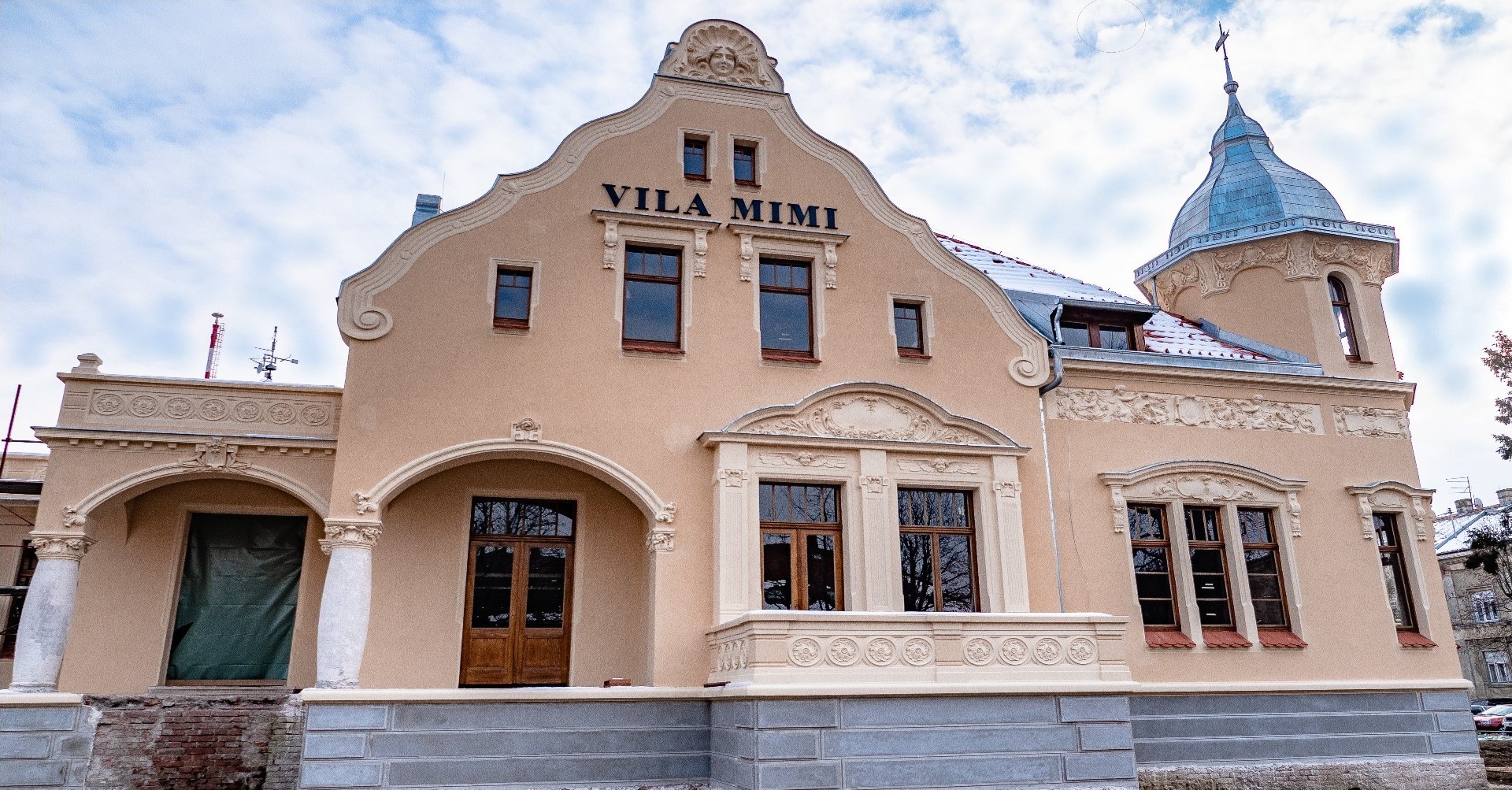
All contemporary images of the renovated Villa Mimi © Damir Janković

